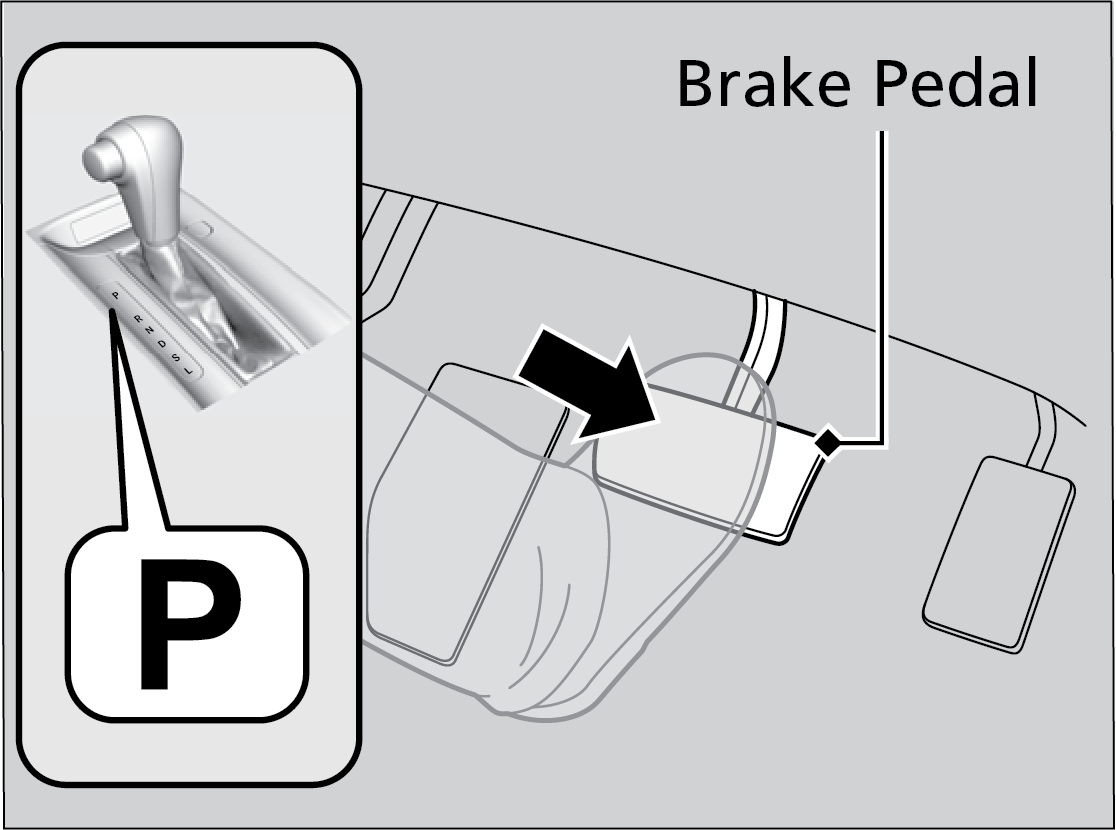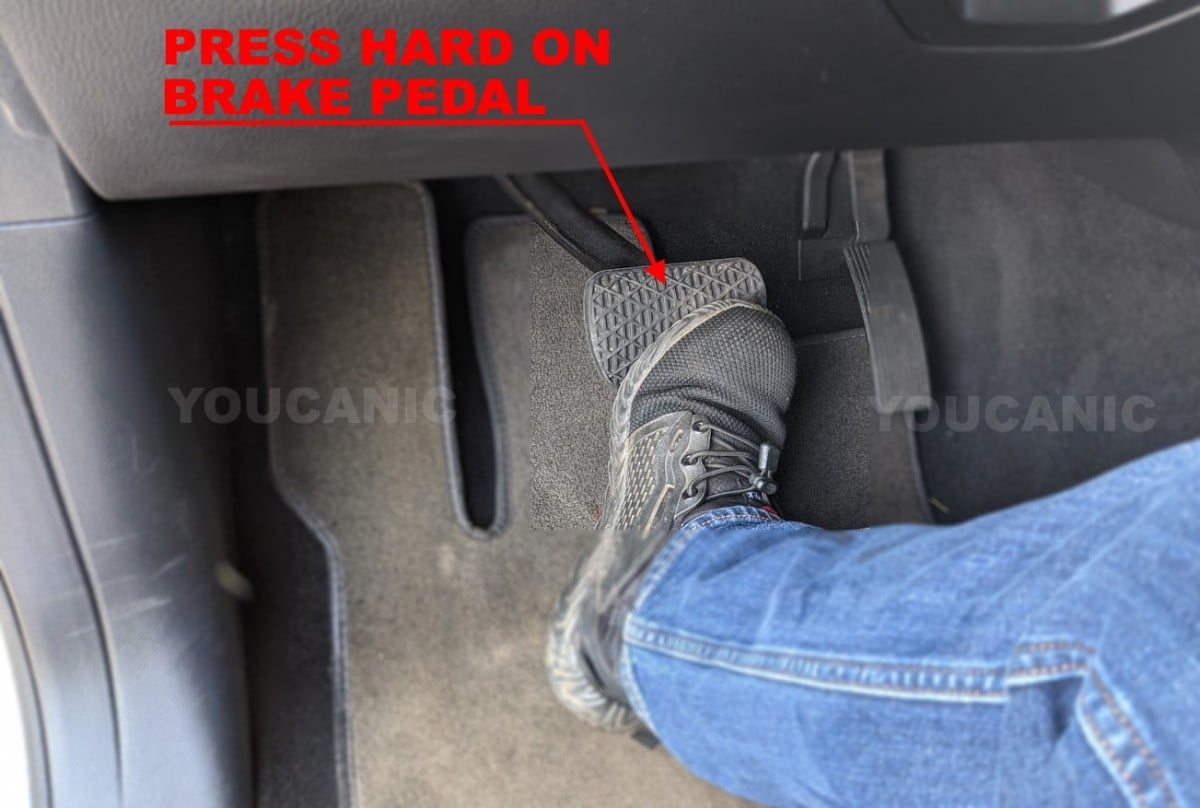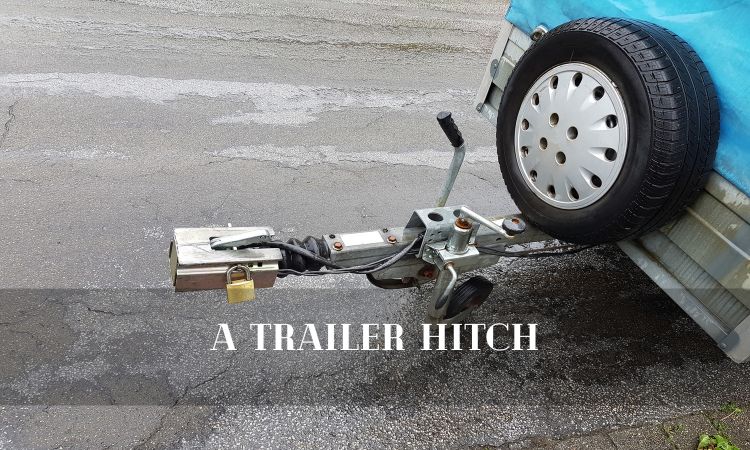How to Depress Brake Pedal
To depress the brake pedal, apply steady pressure using your foot until the vehicle stops. Properly depressing the brake pedal is crucial for safe driving and vehicle control.
When pressing the brake pedal, ensure a firm but controlled action to slow down or stop the vehicle smoothly. It is essential to maintain awareness of the road conditions and adjust the pressure on the brake pedal accordingly. By following these steps, you can effectively control your vehicle’s braking system and ensure the safety of yourself and others on the road.
Remember, proper brake pedal technique is essential for safe driving practices and accident prevention.
Proper Technique For Depressing Brake Pedal
Mastering the proper technique for depressing the brake pedal is crucial for safe driving. Follow these steps to ensure smooth and effective braking: apply gradual pressure, use the ball or heel of your foot, and maintain a firm and steady foot position.
Proper Technique for Depressing Brake Pedal Positioning Your Foot Applying the Right Amount of Pressure When it comes to properly depressing the brake pedal, it’s essential to understand the correct technique for doing so. Not only does this ensure safe and effective braking, but it also helps to prevent unnecessary wear and tear on your vehicle’s braking system. By following the proper steps, you can maximize the efficiency of your braking system and improve overall driving safety. Positioning Your Foot To depress the brake pedal properly, it is important to first focus on positioning your foot. When sitting in the driver’s seat, ensure that your foot is comfortably positioned over the brake pedal. This will allow for optimal control and responsiveness when applying pressure. Position your foot in a way that allows you to pivot smoothly from the accelerator to the brake pedal, ensuring a seamless transition between acceleration and braking. Applying the Right Amount of Pressure Once you have positioned your foot correctly, the next crucial step is applying the right amount of pressure to the brake pedal. Remember to press the pedal with a smooth and gradual motion. Avoid slamming the brake, as this can lead to abrupt stops and potential vehicle instability. Apply firm and even pressure to engage the braking system effectively without causing sudden jolts to the vehicle and its occupants. By following these techniques for depressing the brake pedal, you can ensure a safer and more controlled driving experience. Whether in everyday traffic or emergency situations, proper brake pedal depression is a fundamental aspect of responsible driving. The proper technique for depressing the brake pedal helps ensure optimal control and safety while driving. Position your foot over the pedal for seamless transitioning between acceleration and braking. Apply firm and even pressure gradually to engage the braking system effectively.
Credit: techinfo.honda.com
Common Mistakes To Avoid
The following are some common mistakes to avoid when depressing the brake pedal to ensure safe and effective braking:
Resting Your Foot On The Pedal
Continuously resting your foot on the brake pedal can lead to unintended braking, causing premature wear on brake components.
Braking Too Abruptly
Applying the brakes abruptly can result in skidding and loss of control. Gentle and gradual braking is recommended for smooth deceleration.
Ensuring Brake Safety
To ensure brake safety, press the brake pedal firmly and steadily to slow down or stop the vehicle. Depressing the brake pedal smoothly helps maintain control and prevent skidding. It’s essential to regularly check the brake system for any signs of wear or damage to ensure optimal safety on the road.
Regular Brake System Maintenance
It is crucial to perform regular brake system checks to ensure optimal performance.
Monitoring Brake Fluid Levels
Regularly checking brake fluid levels is essential for maintaining brake efficiency.
Brake Pedal Depressing Techniques In Different Situations
When it comes to driving, understanding how to properly depress the brake pedal is crucial for ensuring safety on the road. Different driving situations require different techniques in order to effectively and safely control the vehicle. Let’s explore some important techniques for depressing the brake pedal in various situations.
Braking On Wet Or Slippery Surfaces
When driving on wet or slippery surfaces, it’s vital to adjust your braking technique to maintain control of the vehicle. Gentle and gradual pressure on the brake pedal is essential to prevent skidding or loss of traction. By applying smooth and steady pressure, the vehicle can slow down without the wheels locking up, allowing for better control.
Braking On Downhill Slopes
When navigating downhill slopes, it’s important to utilize braking techniques that prevent the vehicle from picking up excessive speed. Engage the brakes early and apply firm pressure to the pedal, allowing the vehicle to slow down gradually without putting too much strain on the braking system. Additionally, downshifting to a lower gear can provide extra resistance and aid in controlling the vehicle’s speed.
Benefits Of Proper Brake Pedal Technique
Proper brake pedal technique is crucial for effective and safe driving. Depressing the brake pedal smoothly and firmly enhances vehicle control and reduces the risk of accidents. Mastering this skill can significantly improve overall driving experience and provide peace of mind on the road.
Mastering the proper brake pedal technique can significantly enhance your driving experience and ensure your safety on the road. By employing the correct method of depressing the brake pedal, you can enjoy numerous benefits that contribute to improved vehicle control and an extended lifespan for your brakes.
Improved Vehicle Control
Implementing the right technique when depressing the brake pedal can greatly enhance your ability to control your vehicle. When you press the pedal smoothly and gradually, you allow the weight of the car to shift forward gradually, resulting in a more controlled and predictable deceleration. This allows you to maintain your balance and stability, especially in emergency situations, preventing skidding or loss of control.
Extended Brake Lifespan
Adopting the proper brake pedal technique not only improves your vehicle control but also extends the lifespan of your brakes. By avoiding abrupt or harsh braking, you minimize unnecessary wear and tear on the braking system. This helps prevent premature brake pad and rotor deterioration, reducing the need for frequent replacements and saving you money in the long run.
Proper brake pedal technique involves several aspects:
- Apply gradual pressure: Begin by applying gentle pressure to the brake pedal, gradually increasing the force as needed. This gradual approach helps distribute the braking force evenly, reducing strain on the brake components.
- Maintain consistent pressure: Once you’ve applied the initial pressure, maintain a steady pressure on the pedal until you’ve achieved the desired stopping distance or speed reduction. Avoid pumping the pedal or applying jerky motions, as this can lead to instability and decreased control.
- Avoid unnecessary prolonged braking: Unnecessarily prolonged braking, such as riding the brakes or keeping them partially engaged for extended durations, can generate excessive heat and lead to brake fade. Brake fade reduces the efficiency of the braking system, compromising your safety on the road.
- Combine with other driving techniques: Proper brake pedal technique should be complemented by other essential driving techniques, such as maintaining a safe following distance, anticipation of traffic conditions, and utilizing engine braking when appropriate. By integrating these techniques, you can optimize your vehicle control and further enhance safety.
By understanding the benefits of employing proper brake pedal technique, you can enhance your vehicle control, extend the lifespan of your brakes, and ensure a safe and enjoyable driving experience. So, the next time you need to slow down or come to a stop, remember to apply these techniques for improved overall performance and increased safety on the road.
Credit: www.alldatadiy.com

Credit: www.youcanic.com
Frequently Asked Questions Of How To Depress Brake Pedal
How Do I Depress My Brakes To Start My Car?
To start your car, depress the brakes fully before turning the ignition key or pressing the engine start button.
What Does It Mean To Depress A Brake Pedal?
Depressing a brake pedal means pushing it down to slow down or stop the vehicle. It activates the brakes, creating friction to reduce the vehicle’s speed. This action is crucial for safe driving and controlling the vehicle’s movement.
How Do You Unlock A Brake Pedal?
To unlock a brake pedal, check if the emergency brake is engaged and release it if necessary. Gently tap the brake pedal with your foot to loosen it. If it still doesn’t move, check if the brake fluid is low and refill it if needed.
If the problem persists, consult a professional mechanic.
How Do You Release A Hard Brake Pedal?
To release a hard brake pedal, start by checking if the brakes are engaged fully. Gently pump the brakes a few times to build up pressure and release the pedal slowly. If the pedal remains hard, there may be an issue with the brake system that requires professional inspection and repair.
How Do You Depress The Brake Pedal?
To depress the brake pedal, apply steady pressure using your foot, ensuring complete contact with the pedal.
Are There Any Techniques To Depress The Brake Pedal Smoothly?
To smoothly depress the brake pedal, use gradual force and avoid sudden jerks or stomping.
Why Is It Important To Depress The Brake Pedal Correctly?
Depressing the brake pedal correctly ensures efficient braking, reduces wear and tear, and increases overall safety.
Conclusion
Mastering the technique of depressing the brake pedal is essential for safe and efficient driving. By understanding the factors that influence brake pedal pressure and practicing proper technique, you can improve your driving skills and ensure safety on the road.
Keep these tips in mind and always drive responsibly.

